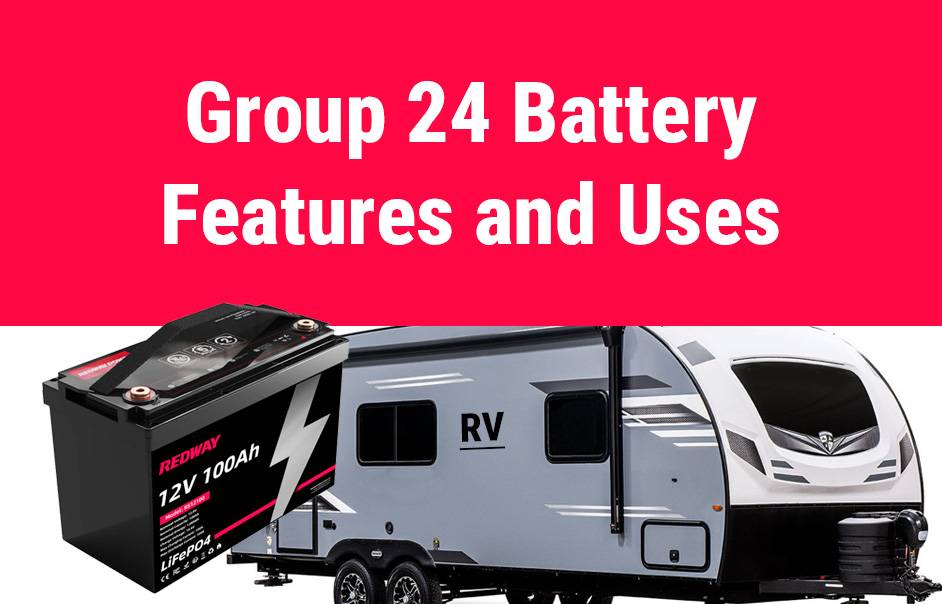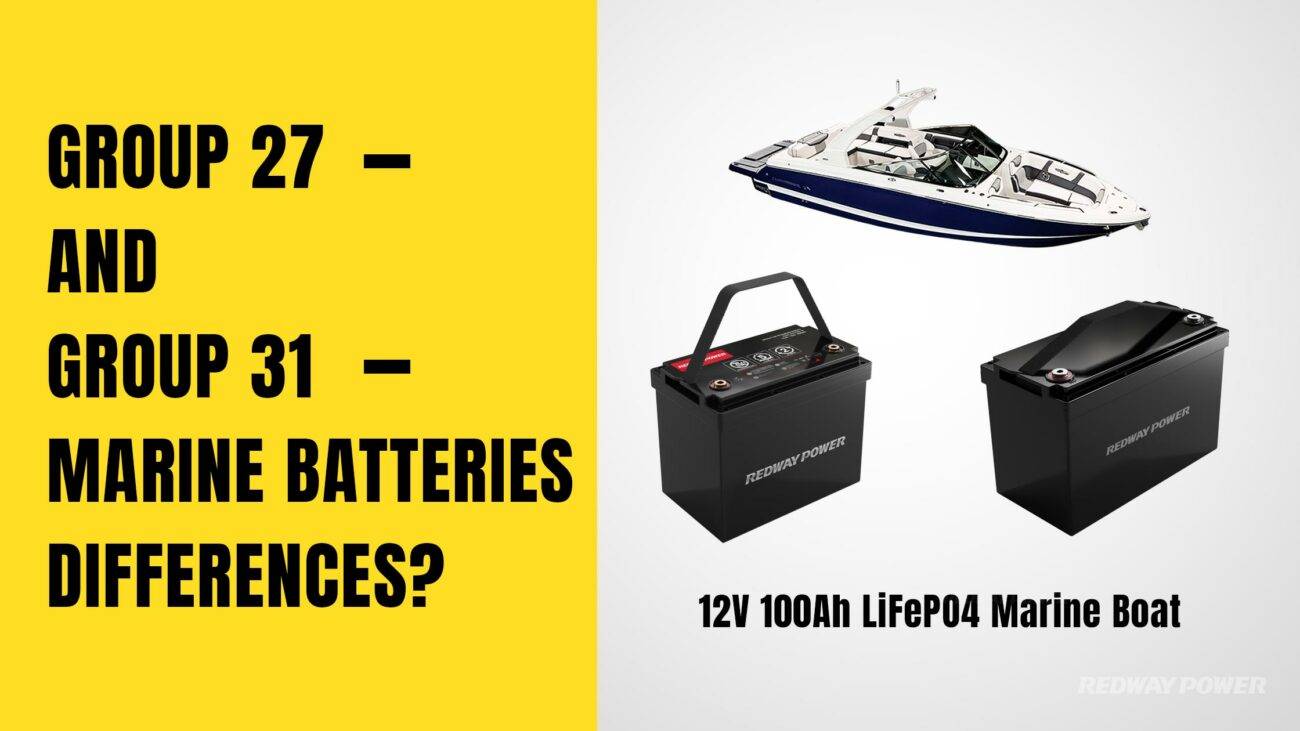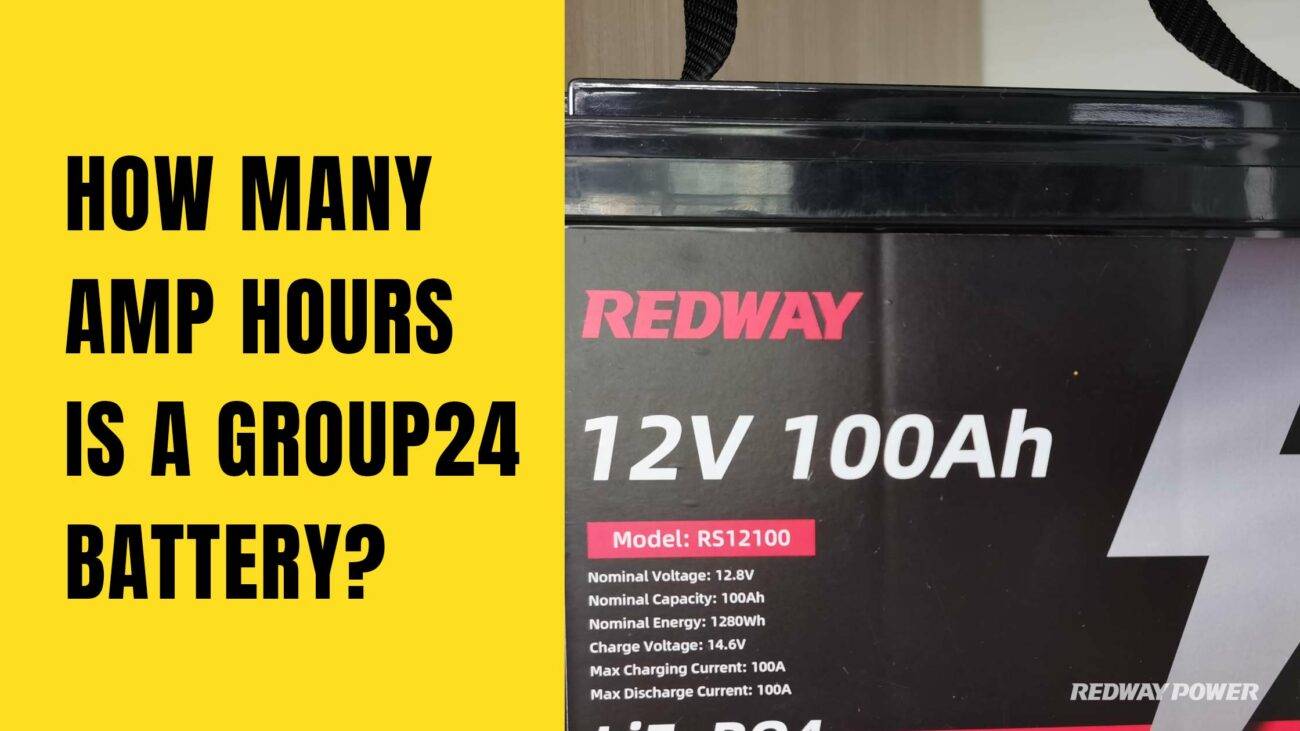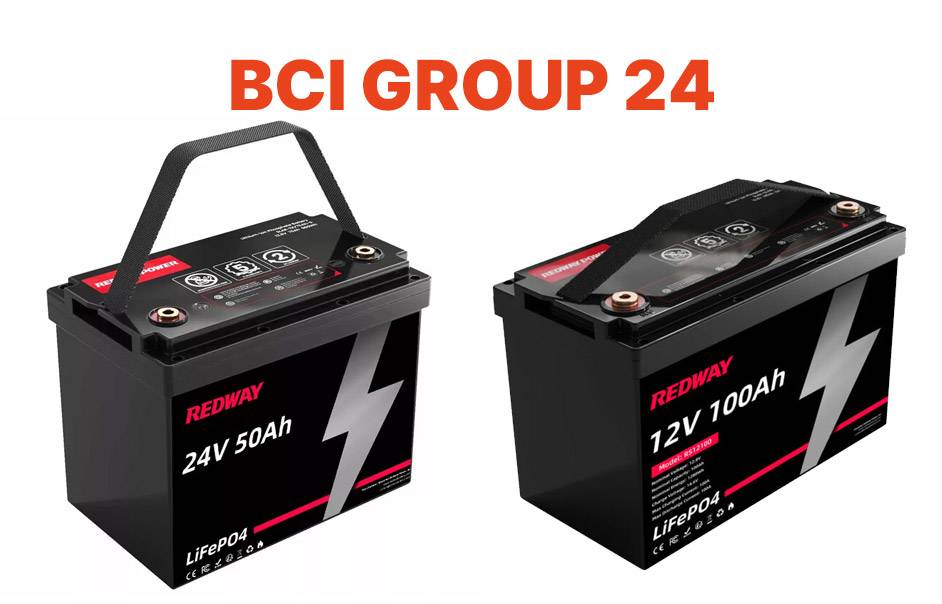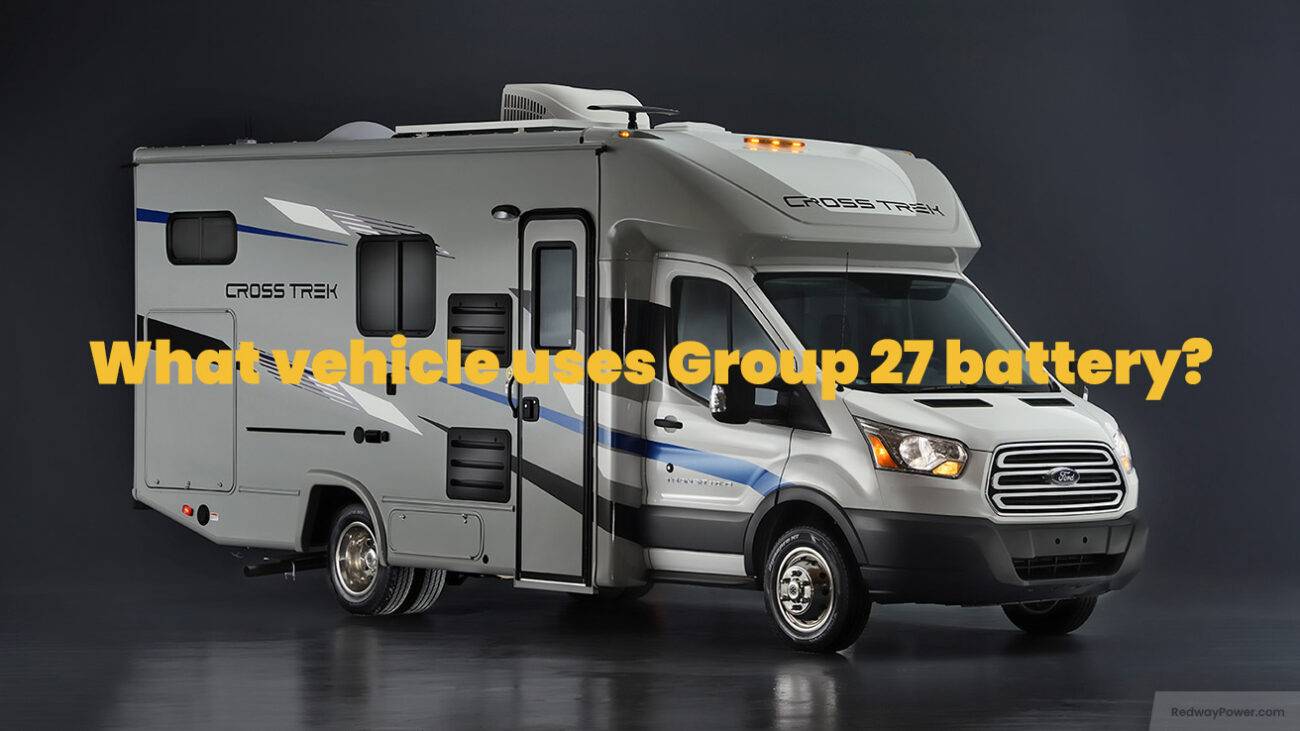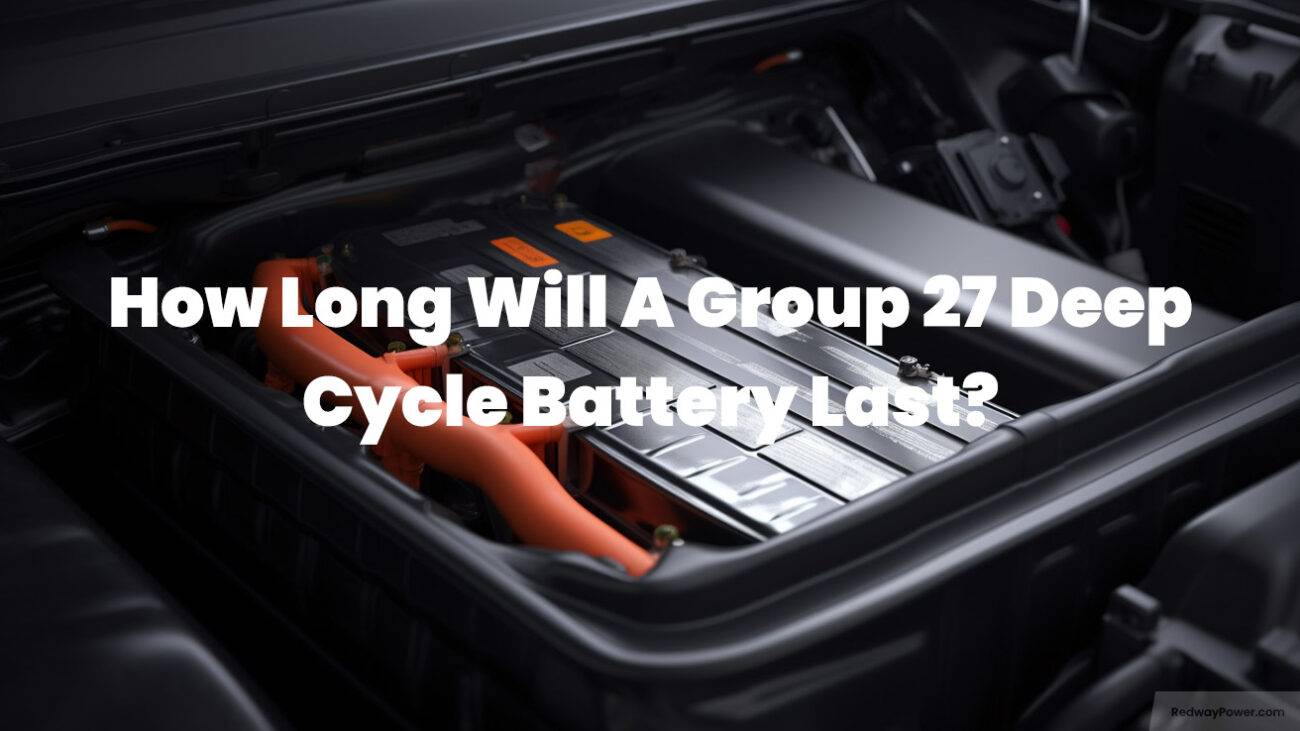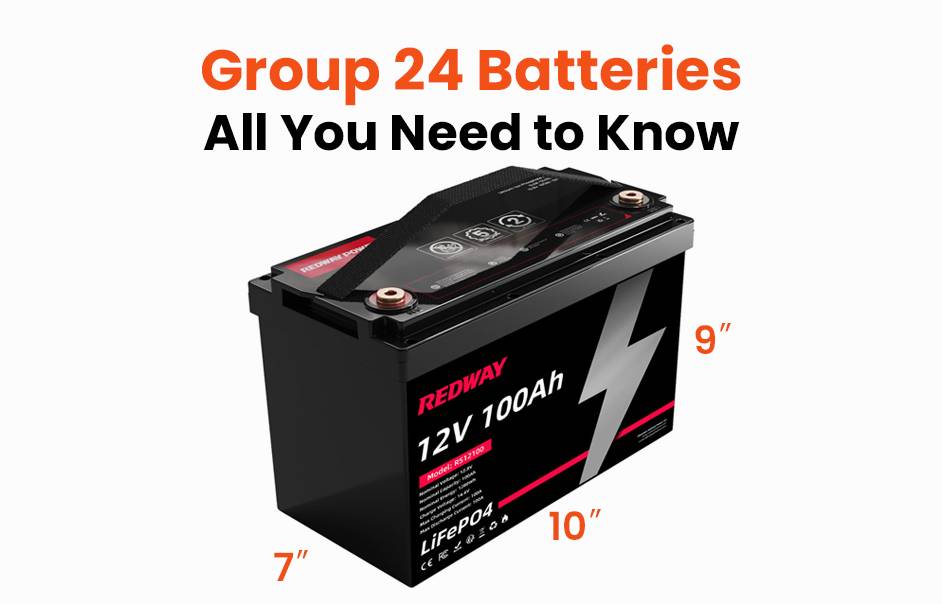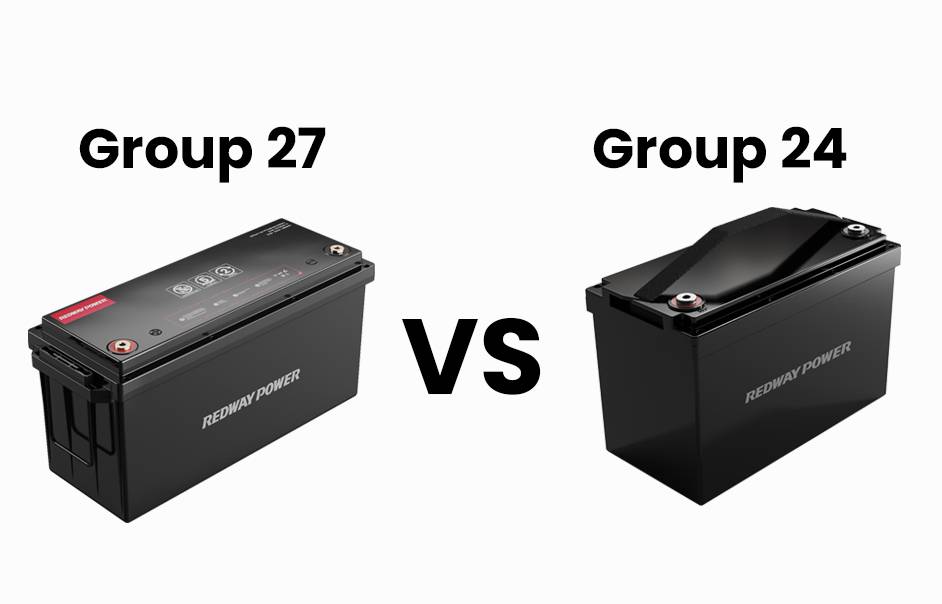- Forklift Lithium Battery
-
48V
- 48V 210Ah
- 48V 300Ah
- 48V 420Ah (949 x 349 x 569 mm)
- 48V 420Ah (950 x 421 x 450 mm)
- 48V 456Ah
- 48V 460Ah (830 x 630 x 590 mm)
- 48V 460Ah (950 x 421 x 450 mm)
- 48V 460Ah (800 x 630 x 600 mm)
- 48V 460Ah (820 x 660 x 470 mm)
- 48V 500Ah
- 48V 560Ah (810 x 630 x 600 mm)
- 48V 560Ah (950 x 592 x 450 mm)
- 48V 600Ah
- 48V 630Ah
-
48V
- Lithium Golf Cart Battery
- 12V Lithium Battery
12V 150Ah Lithium RV Battery
Bluetooth App | BCI Group 31
LiFePO4 Lithium
Discharge Temperature -20°C ~ 65°C
Fast Charger 14.6V 50A
Solar MPPT Charging - 24V Lithium Battery
- 36V Lithium Battery
- 48V Lithium Battery
-
48V LiFePO4 Battery
- 48V 50Ah
- 48V 50Ah (for Golf Carts)
- 48V 60Ah (8D)
- 48V 100Ah (8D)
- 48V 100Ah
- 48V 100Ah (Discharge 100A for Golf Carts)
- 48V 100Ah (Discharge 150A for Golf Carts)
- 48V 100Ah (Discharge 200A for Golf Carts)
- 48V 150Ah (for Golf Carts)
- 48V 160Ah (Discharge 100A for Golf Carts)
- 48V 160Ah (Discharge 160A for Golf Carts)
-
48V LiFePO4 Battery
- 60V Lithium Battery
-
60V LiFePO4 Battery
- 60V 20Ah
- 60V 30Ah
- 60V 50Ah
- 60V 50Ah (Small Size / Side Terminal)
- 60V 100Ah (for Electric Motocycle, Electric Scooter, LSV, AGV)
- 60V 100Ah (for Forklift, AGV, Electric Scooter, Sweeper)
- 60V 150Ah (E-Motocycle / E-Scooter / E-Tricycle / Tour LSV)
- 60V 200Ah (for Forklift, AGV, Electric Scooter, Sweeper)
-
60V LiFePO4 Battery
- 72V~96V Lithium Battery
- Rack-mounted Lithium Battery
- E-Bike Battery
- All-in-One Home-ESS
- Wall-mount Battery ESS
-
Home-ESS Lithium Battery PowerWall
- 24V 100Ah 2.4kWh PW24100-S PowerWall
- 48V 50Ah 2.4kWh PW4850-S PowerWall
- 48V 50Ah 2.56kWh PW5150-S PowerWall
- 48V 100Ah 5.12kWh PW51100-F PowerWall (IP65)
- 48V 100Ah 5.12kWh PW51100-S PowerWall
- 48V 100Ah 5.12kWh PW51100-H PowerWall
- 48V 200Ah 10kWh PW51200-H PowerWall
- 48V 300Ah 15kWh PW51300-H PowerWall
PowerWall 51.2V 100Ah LiFePO4 Lithium Battery
Highly popular in Asia and Eastern Europe.
CE Certification | Home-ESS -
Home-ESS Lithium Battery PowerWall
- Portable Power Stations
What Is the Difference Between Group 24 and Group 27 Batteries?
On January 2, 2024
Comments Off on What Is the Difference Between Group 24 and Group 27 Batteries?
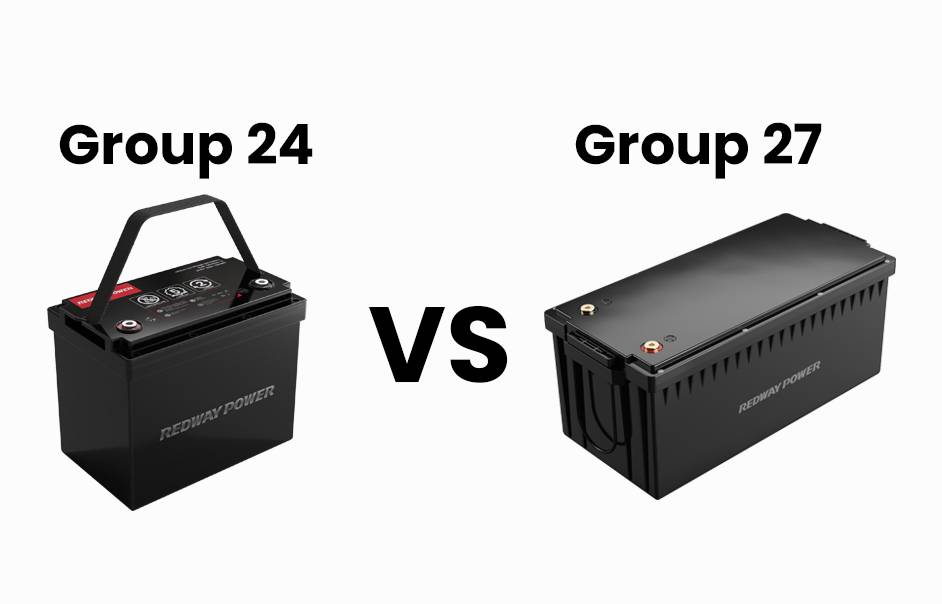
The difference between Group 24 and Group 27 batteries primarily lies in their size, capacity, and intended applications. While both types serve similar functions, understanding their specifications is crucial for selecting the right battery for your needs.
Table of Contents
ToggleWhat Are the Key Differences Between Group 24 and Group 27 Batteries?
The key differences between Group 24 and Group 27 batteries include:
- Size:
- Group 24: Approximately 10.25 inches long, 6.75 inches wide, and 8.75 inches high.
- Group 27: Approximately 12.06 inches long, 6.81 inches wide, and 9.75 inches high.
- Capacity:
- Group 24: Typically has a capacity of about 70 to 85 amp-hours (Ah).
- Group 27: Generally has a higher capacity, ranging from 90 to 110 Ah.
- Weight:
- Group 24 batteries weigh around 40 to 50 pounds, while Group 27 batteries weigh approximately 50 to 60 pounds, indicating a difference in power storage capabilities.
How Do Group 24 and Group 27 Batteries Compare in Size and Capacity?
Here’s a comparative look at the physical dimensions and capacities:
| Battery Type | Length (inches) | Width (inches) | Height (inches) | Typical Capacity (Ah) |
|---|---|---|---|---|
| Group 24 | 10.25 | 6.75 | 8.75 | 70 – 85 |
| Group 27 | 12.06 | 6.81 | 9.75 | 90 – 110 |
This table illustrates that while both battery types share similar widths, their lengths differ significantly, which can affect fitting in battery compartments.
What Are the Applications for Each Battery Type?
Applications that benefit from these battery types include:
- Group 24 Batteries: Best suited for smaller applications with moderate power demands such as:
- Cars
- Small boats
- Uninterruptible power supplies (UPS)
- Group 27 Batteries: Ideal for larger systems that require more energy, including:
- Larger boats
- Recreational vehicles (RVs)
- Off-grid solar systems
What Is a Group 24 Battery?
A Group 24 battery is a common lead-acid battery size often used in automotive applications, marine environments, and backup power systems. It typically has a capacity of around 70 to 85 Ah, making it suitable for moderate power demands.
What Is a Group 27 Battery?
A Group 27 battery, on the other hand, is larger with a higher capacity ranging from 90 to110 Ah, making it ideal for applications requiring more sustained power output, such as larger boats or RVs.
How Do Different Battery Groups Affect Performance?
The performance of batteries can vary based on their group sizes due to differences in capacity and discharge rates:
- Higher Capacity: A larger group size like the Group 27 can provide power for longer periods without needing frequent recharging.
- Discharge Rates: Smaller batteries may discharge faster under heavy loads compared to larger counterparts.
- Compatibility with Systems: Using mismatched batteries can lead to inefficiencies in energy use within electrical systems.
Why Is Battery Size Important?
Battery size is crucial for several reasons:
- Space Constraints: The physical dimensions of a battery must fit within designated compartments in vehicles or equipment.
- Power Requirements: Larger batteries generally provide more power over time, which is essential for high-demand applications.
- Weight Considerations: Heavier batteries may affect vehicle performance or handling, particularly in automotive applications.
How to Choose Between Group 24 and Group 27 Batteries?
When deciding between these two battery groups:
- Assess your power needs—consider how much energy you require for your applications.
- Check available space—ensure that your chosen battery fits within the designated area.
- Review manufacturer specifications—consult guidelines for optimal performance based on your specific requirements.
Tips for Battery Wholesale Buyers
When selecting batteries for OEM applications, consider:
- Performance Requirements: Assess energy density, cycle life, and discharge rates needed for your application.
- Cost Efficiency: Evaluate both initial costs and long-term savings associated with battery longevity and maintenance.
- Supplier Reliability: Partner with established manufacturers like Redway Power, which offers high-quality lithium battery solutions backed by over 13 years of experience.
By understanding these factors, buyers can make informed decisions that enhance their product offerings while optimizing performance.
Redway Power Expert Views
“Understanding battery group sizes is essential for choosing the right battery for your application,” states an expert from Redway Power. “The right choice not only ensures optimal performance but also enhances safety during operation.”In conclusion, while both Group 24 and Group 27 batteries serve important functions, understanding their differences helps users select the most appropriate option based on specific needs.
FAQ Section
- What is the main difference between Group 24 and Group 27 batteries?
The main difference lies in size; Group 27 batteries are larger with higher capacities compared to Group 24 batteries. - What are common applications for each type?
Group 24 is suitable for smaller applications like cars; Group 27 is ideal for larger systems like RVs or boats. - How do I know which battery group to choose?
Consider your power requirements, available space, and manufacturer specifications when making your choice. - Can I replace a Group 24 with a Group 27?
While technically possible if space allows, it’s essential to ensure compatibility with your system’s electrical needs. - What should I check before buying?
Always review specifications regarding size, capacity, weight, and intended use to ensure optimal performance.
